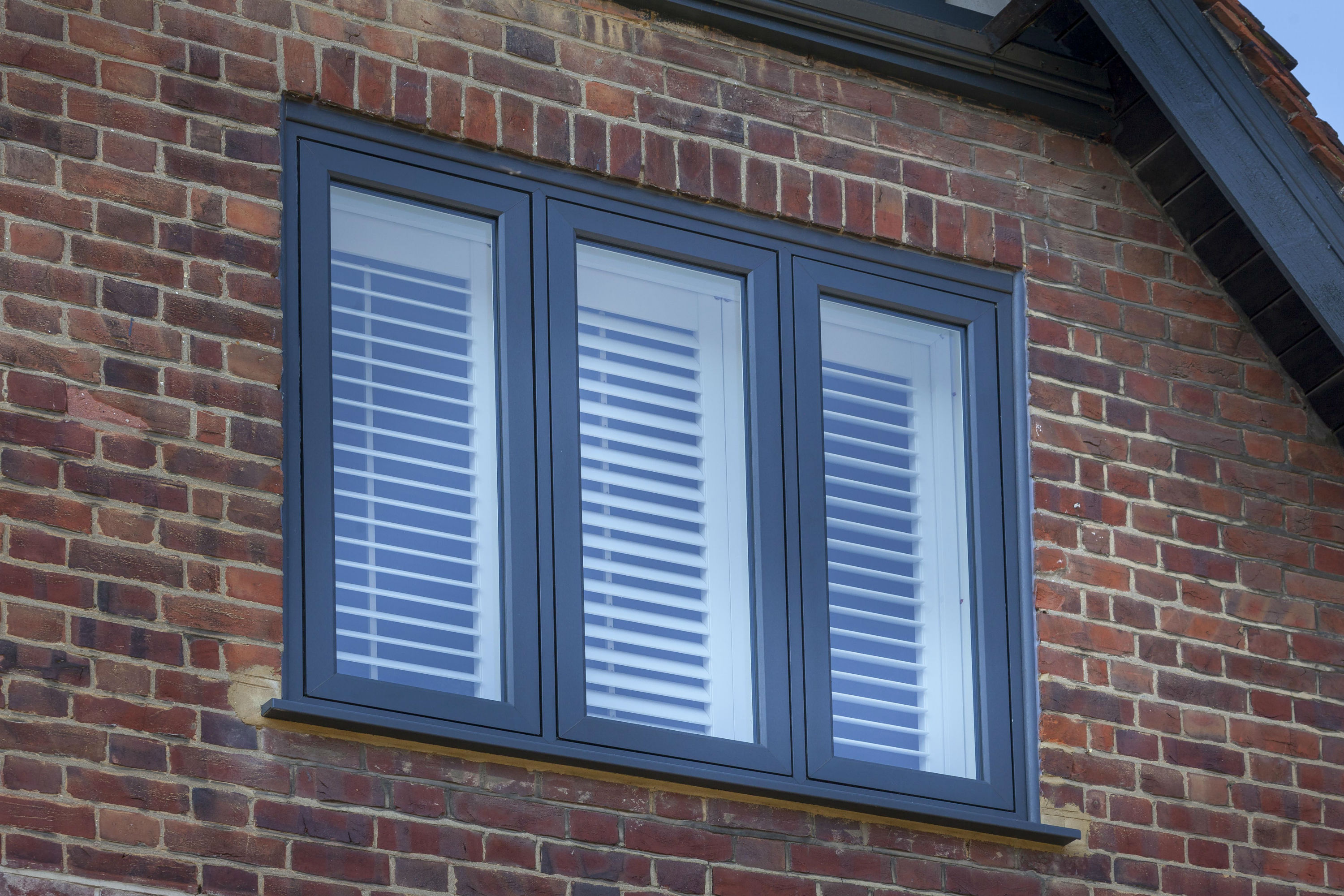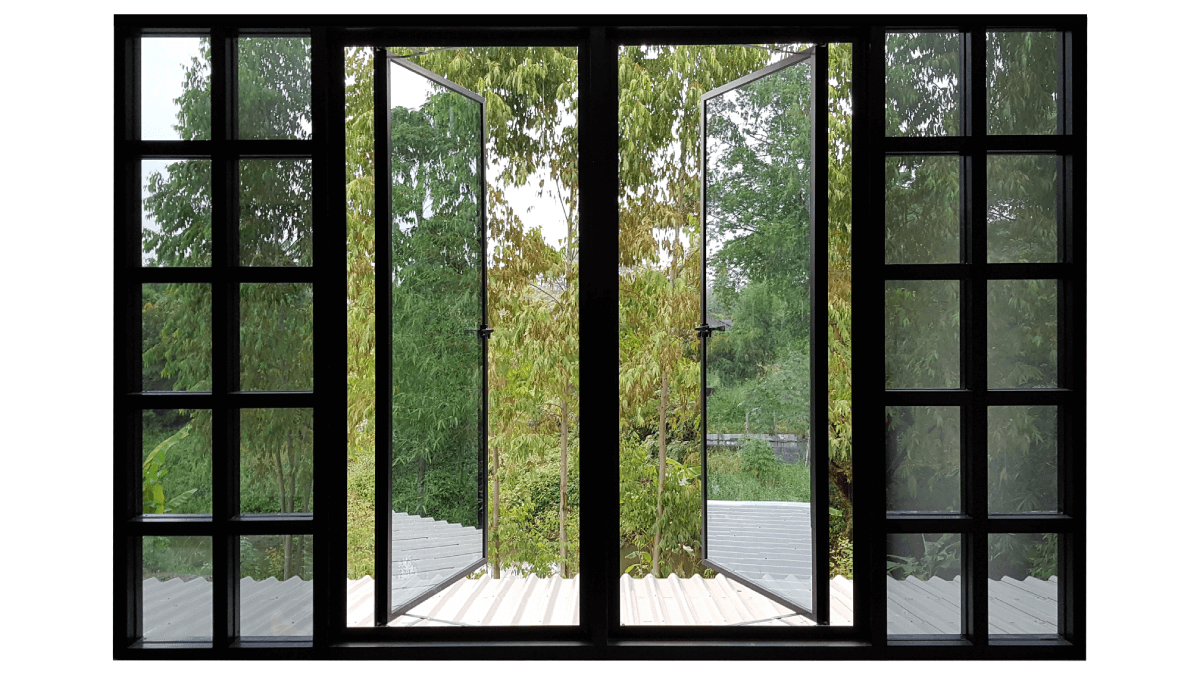All Categories
Featured
Table of Contents
Single Vs Double Vs Triple - Which Window Is Right For Your ... in Thornlie Perth
Laminated glass is typically utilized in locations in the home most prone to injury from human impact such as bathrooms, doors, around staircases and in areas near the flooring (it satisfies the requirements of 'safety glass' that is mandated for usage in these locations by Australian Basic AS 1288 Glass in buildings).
Toughened glass has been 'tempered' by being reheated and rapidly cooled once again. This procedure makes it much stronger than basic glass it can withstand greater impact loads before breaking. It also makes it much safer since, when it does shatter, it gets into lots of small cubic pieces rather than harmful fragments.
Double Glazed Windows Sydney in Caversham Western Australia
Nevertheless, toughened glass has no thermal or acoustic benefits over other glass of the exact same toning or thickness. Secondary glazing is where single-glazed windows are retrofitted with a transparent acrylic or glass sheet connected to the within of the frame or openable sash with a secondary frame or with magnetic strips.


Secondary glazing will not carry out also thermally as a made IGU, considering that it is difficult to absolutely seal the boundary, but it can supply great sound control. Window films are a thin polymer movie containing a soaking up dye or reflective metal layer, with an adhesive support. They stay with your glazing to alter its colour or make it reflective.
What Is Double Glazing Windows And Doors? in Hillarys Perth
Applied to existing glass, some window films can cut in half the overall SHGC of the window by absorbing and/or reflecting solar radiation. This can be especially helpful in hotter climates where cooling is the primary concern, or on east and west elevations directly exposed to extended periods of sunshine. Nevertheless, window films might likewise reduce noticeable light transmittance.

For this factor, it is typically best to use an accredited installer of window film. Frames have a considerable influence on the thermal efficiency of doors and windows, because energy can be gotten and lost through the frame, along with through the glass. Various kinds of frame will allow various levels of heat gain and loss, so cautious choice of frame is very important for efficient passive style.
Brisbane's Best Double Glazed Windows in Kenwick Perth
Aluminium is also a really good conductor of heat and will decrease the insulating value of a glazing system, unless particularly crafted to lower this. A 'thermally broken' frame is made up of 2 aluminium sections linked by a structural insulator (usually a low-conductivity structural polymer). This 'breaks' the thermal connection through the aluminium and decreases the heat flowing through the frame.
They can be costly, however costs are decreasing as they become more common. Wood frames are a good natural insulator that can fit some home designs. Timber frames need to be made from types that have naturally high resilience or be treated to avoid decay and deformation. Check that the wood is sourced from a sustainably managed forest.
Windows Of Opportunity: Your Guide To High-performance ... in Woodlands WA
(weather removing) is set up.
u, PVC windows and doors have exceptional thermal efficiency Picture: Ben Wrigley (Light Home Architecture and Science) Composite frames use aluminium profiles on the external sections with either a timber or u, PVC inner section. These integrate the low maintenance and toughness of aluminium with much improved thermal performance.
Table of Contents
Latest Posts
Triple Glazing Vs. Double Glazing: What Are The Differences? in Willetton Western Australia
Help Control Your House Temperature With Double Glazing ... in Martin Western Australia
How To Diagnose And Fix Misted Double Glazing in Hovea Perth
More
Latest Posts
Triple Glazing Vs. Double Glazing: What Are The Differences? in Willetton Western Australia
Help Control Your House Temperature With Double Glazing ... in Martin Western Australia
How To Diagnose And Fix Misted Double Glazing in Hovea Perth